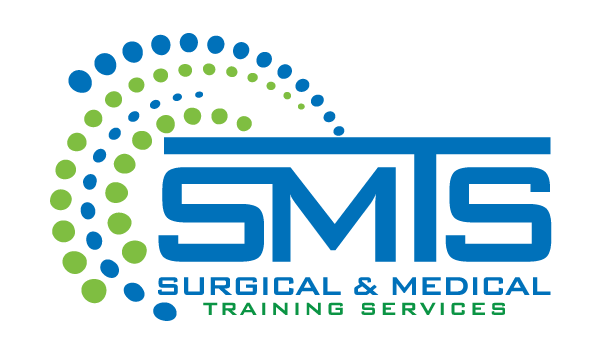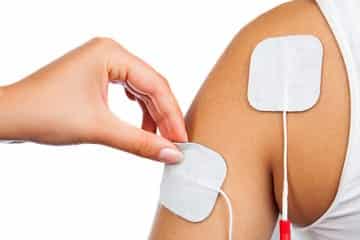Electrical stimulation, or e-stim, is a common practice among chiropractors, physical therapists, and sports medicine practitioners. This therapeutic modality is valuable to clinical success, which is why it pays to know how to use it in the most efficient manner. Here, we will explore the 4 methods of electrical stimulation in physical rehabilitation.
- Pain and inflammation. When electrical stimulation is used to minimize swelling and discomfort around an injured joint, it is referred to as interferential stimulation. The method incorporates 2 currents which interfere with pain signals at a sensory level. Used in the treatment of low back, shoulder, knee, and ankle injuries, this method of stimulation has been a mainstay in rehabilitation since the mid-60s.
- Soft tissues and connective tissues: pre-mod. Pre-mod may be introduced into therapy as an adjunct to manual modalities such as trigger-point release or Graston therapy. This method is common in the treatment of a tendon or ligament, as well as for muscle tears. It can reinforce physical and mechanical changes, and also decrease pain.
- Russian. This method of muscle strengthening was developed by Russian physician Dr. Kots. The motor stimulation of muscle tissue causes contraction that can improve strength in a muscle after injury or surgical treatment. Due to the immediate contraction of muscles, it is necessary to develop precise techniques for this type of electrical stimulation in order to avoid patient discomfort.
- Hi-volt tissue stimulation. This method of electrical stimulation involves positive and negative forces that can promote wound healing and improve comfort. It is especially valuable to patients with circulatory conditions that would naturally inhibit tissue healing and new tissue production.
Electrical stimulation methods are valuable in the clinical setting, and are quite complementary to rehabilitation modalities such as physical exercises, manual techniques, ultrasound, and laser.
Diagnostic medical devices are integral to rehab medicine and pain management. If you are interested in training on a particular medical device, turn to SMTS – Surgical & Medical Training Services. We bring the clinical atmosphere you require to you.
Call (888) 801-9444 for more information on our upcoming training courses, or to arrange training.

